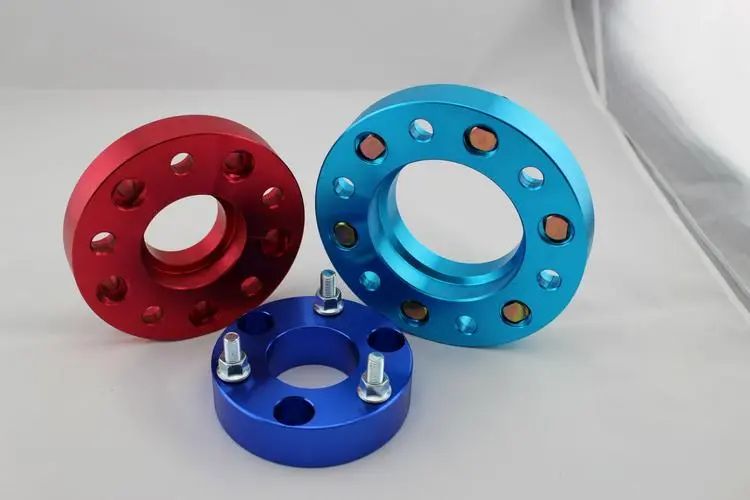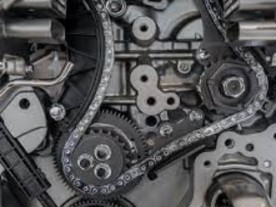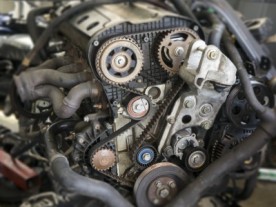The use of wheel spacers is a common practice among automotive enthusiasts seeking improved aesthetics and enhanced performance. However, concerns arise regarding whether wheel spacers increase the turning radius of a vehicle. In this article, we will delve into this topic to provide a comprehensive understanding of the relationship between wheel spacers and the turning radius.

Definition of Turning Radius:
Before addressing the impact of wheel spacers, it is essential to define the turning radius. The turning radius refers to the smallest circular path that a vehicle can make while executing a full turn. It is determined by various factors, including the vehicle's design, axle width, steering geometry, and tire dimensions.
Influence of Wheel Spacers on Turning Radius:
Properly installed wheel spacers do not inherently increase the turning radius of a vehicle. Wheel spacers are designed to move the wheels further away from the hub assembly, effectively widening the track width. While this modification may create a more aggressive stance, it does not directly affect the turning radius.
Indirect Effects on Turning Radius:
Although wheel spacers themselves do not alter the turning radius, they may indirectly influence it under certain circumstances. If the installation of wheel spacers leads to fitting larger tires or wider wheel setups, these changes can have an impact on the turning radius. The increased tire size or wider wheels might affect the clearance and contact points during turns, potentially resulting in a slightly larger turning radius.
Considerations for Proper Installation:
To ensure minimal impact on the turning radius when using wheel spacers, it is crucial to follow proper installation guidelines. This includes selecting the appropriate spacer thickness based on the desired fitment without excessively widening the track width. Additionally, maintaining suitable tire sizes within the recommended specifications will help preserve the original turning radius.
Suspension and Steering Geometry:
Factors such as suspension setup and steering geometry play a more significant role in determining the turning radius than wheel spacers alone. Modifications to suspension components or changes in steering system settings can have a direct impact on the vehicle's turning radius. It is important to consider these factors when undertaking any modifications that may affect the turning characteristics of the vehicle.
In conclusion, properly installed wheel spacers do not inherently increase the turning radius of a vehicle. The turning radius primarily depends on the vehicle's design, tire dimensions, and steering geometry. While wheel spacers themselves may not directly affect the turning radius, other modifications like larger tires or wider wheels can influence it. By adhering to proper installation procedures and considering other related factors, enthusiasts can enjoy the benefits of wheel spacers without significant alterations to the vehicle's turning radius.








